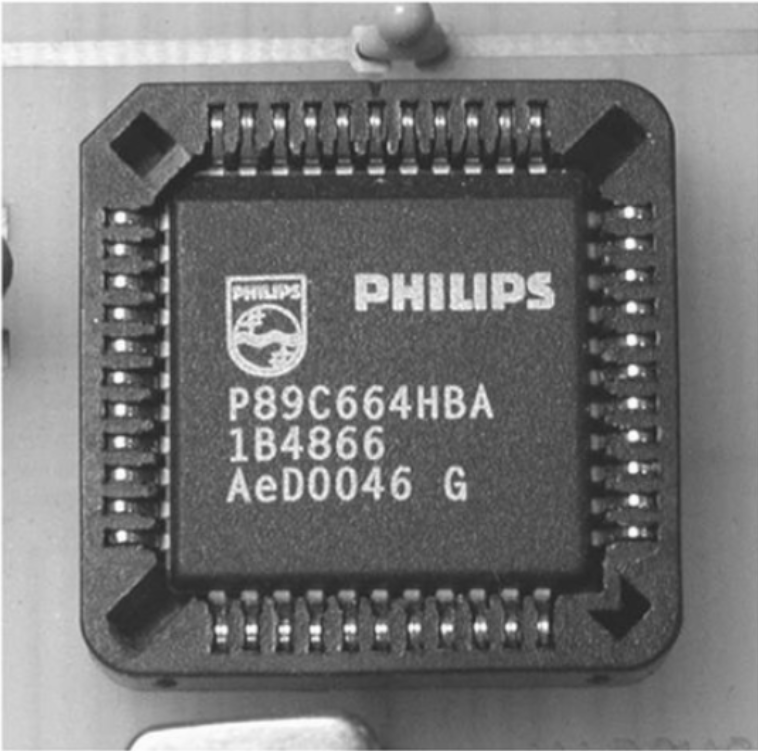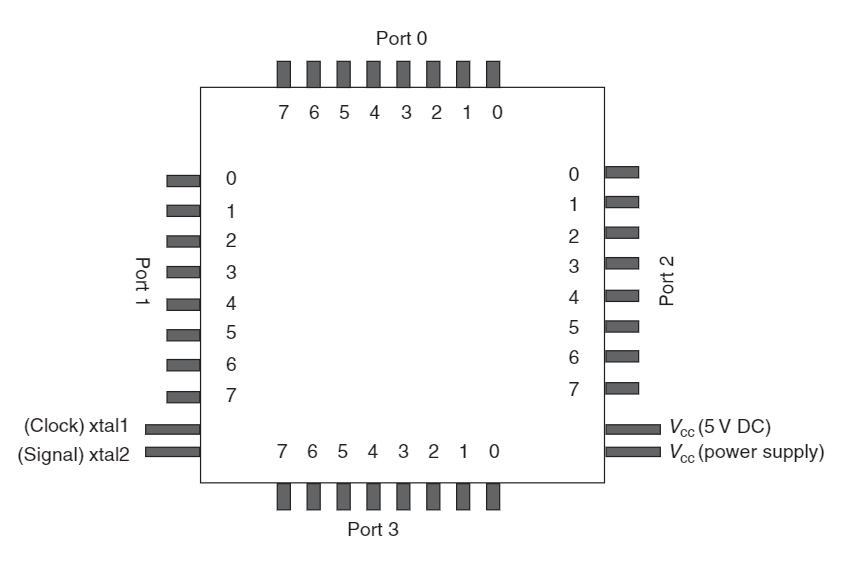Understanding how to apply microcontrollers lies at the core of modern embedded systems education. This student project takes an experiential approach to introducing microcontrollers through hands-on projects exemplifying their diverse real-world applications. Such practical, solutions-focused learning helps cement fundamental concepts while imbuing students with skills coveted by industry. Overall, this project serves as an excellent stepping stone for students venturing into the vast field of embedded systems.
The initial project explores fundamental concepts by building a basic microcontroller circuit and programming it to flash an LED. This allows students to directly interface with hardware and focus on core tasks like breadboarding, digital I/O, and writing simple codes. Gaining these fundamentals through doing builds conceptual clarity better than theoretical discussion alone. The next project enhances this by adding pushbutton input to prompt LED blinking patterns, demonstrating digital input concepts. Interfacing additional components incrementally improves understanding of microcontroller architecture.
The following project expands the scope by incorporating a temperature sensor to display room conditions on an LCD. Now students must handle analog signals by coding ADC operations to extract digital reads, perform arithmetic on values, and interface the LCD module. Projects become progressively more involved to reinforce learning in a step-by-step fashion. Moreover, this thermostat-like application exemplifies a rudimentary and yet practical use of feedback control via microcontrollers as found in myriad devices today.
The subsequent project ratchets up complexity by designing a metal detector circuit actuating a buzzer alarm via the microcontroller. Here, hardware design skills manifest as students carefully lay out PCB components, consider signal processing needs, and program conditional logic. Such system-level miniature projects comprehensively develop circuit design and firmware abilities. Building even simple embedded systems demands a blend of electronic, programming and problem-solving expertise – all skills nurtured here.
A later project takes integration a notch higher by constructing an electric guitar effect pedal controlled through a microcontroller and various switches/knobs. Students must employ analog-digital techniques like sampling potentiometer wiper positions to modify audio processing on the fly. This exposes learners to embedded DSP concepts through an engaging, music-related application. In the realm of consumer and industrial products alike, audio system control is a common role of embedded designs.
The cumulative learnings are perhaps best demonstrated through the final project – an autonomous robot car guided by a microcontroller, motors and sensors. Here, concepts around motor control, sensor fusion of ultrasonic and infrared inputs, PID navigation algorithms come alive. Constructing a mobile cyber physical system instills the thrill of witnessing an embedded design come to life as a functional robotic platform. Pursuing undergraduate and postgraduate studies in robotics, mechatronics or controls would be exciting next steps for participating students.
In summary, this microcontrollers introduction project underscores the tremendous educational benefit of learn-by-doing using activity-driven, scaffolded examples. Students gain hands-on fluency with fundamental and progressively complex concepts while developing multidisciplinary skills matching tomorrow’s workforce needs. The choice of modern, engaging applications stimulates interest toward applying embedded designs across industries. Overall, an experience aimed at cultivating competent embedded systems engineers well-equipped to innovate solutions for challenging real-world problems.
Here are some additional thoughts on this microcontrollers introduction project:
- Starting with basic breadboarding enables students to learn hardware skills before software, mirroring real industry design processes. This aids retention.
- Using common development boards and IDEs removes steep learning curves, letting students focus on core concepts instead of tools.
- Incorporating analog and digital elements incrementally fosters principle-based understanding over isolated topics. This reflects natural progression of difficulty in embedded systems.
- Projects showcase diverse roles like control, instrumentation, consumer devices to inspire passions and awareness of application areas beyond automation.
- Encouraging creative exploration through open-ended final projects unleashes students’ problem-solving instincts important for research.
- Hands-on mistakes and troubleshooting cultivate patience, critical thinking and ability to deal with unexpected behavior in real projects.
- Presentations and documentation develop communication skills expected in collaborative industrial setups.
- Exposure to full development cycles right from ideating fosters big-picture perspectives.
- Evaluating projects holistically assesses tangential abilities like teamwork, time management too.
- Such applied curriculum better equips students with versatile skillsets aligning with modern industry needs compared to theoretical courses.
- It motivates learners towards self-education and prepares them for lifelong learning attitude vital in technology careers.
Here are some additional perspectives on the benefits of this microcontrollers introduction project:
- The scaffolded complexity exposes students to embedded systems in an accessible yet challenging manner that maximizes engagement and retention.
- Learning concepts through hands-on prototyping aids visual-spatial learners, complementing theoretical instruction that appeals more to verbal learners.
- Debugging real-world glitches develops troubleshooting intuition students can rely on to tackle industrial debugging challenges.
- Working in teams on larger projects emulates professional collaboration skills and social skills valued by employers.
- Presenting work to peers nurtures technical communication abilities. This boosts career readiness beyond coding competency.
- Tying projects to real applications motivates by demonstrating concepts’ utility instead of appearing abstract or academic.
- Exposure to full development cycle from ideating to demonstrating working prototypes provides better role clarity for subsequent career choices.
- Achieving measurable goals through projects builds confidence and prompts students to take initiative instead of passively receiving knowledge.
- Student-centered practical learning pace allows for individual strengths and exploration of interests to cultivate well-rounded proficiency.
- Overall, hands-on nature of curriculum through relevant examples sparks passion for lifelong self-education in diverse fields utilizing embedded skills.
- This establishes students as independent problem-solvers well-equipped to become innovative contributors and leaders in industry.
Follow this link for complete project: An Application-Driven Microcontroller Curriculum


